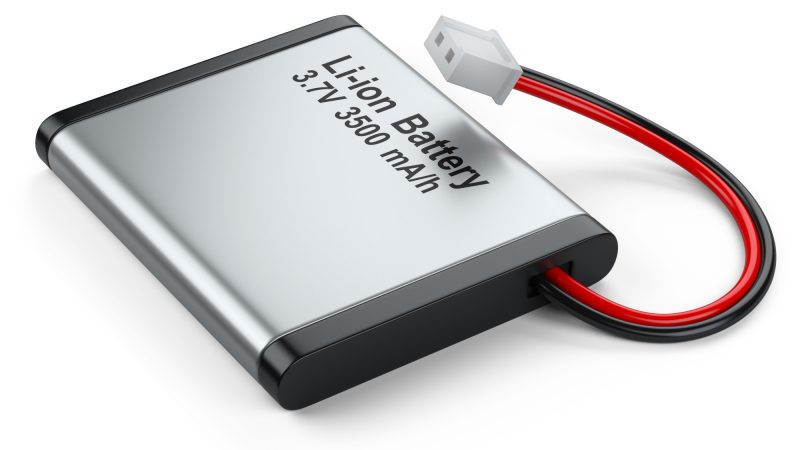8 Helpful Hints for Those Switching from Windows to a Mac Computer

Using a Mac computer is pretty intuitive once you’re used to it. If you’re switching from Windows to a Mac computer, though, there are things to get used to.
Apple is the largest public company in the world. Given that, it’s not surprising to know that they’re also the most valuable, with a market value of over $1 trillion.
From tablets to smartphones, they sell a variety of devices, all of which are highly profitable. In fact, the latter had generated more than $142 billion in revenue last year.
What else is popular? Their computers, aka Macs. If anything, more and more people are using them every year.
Thinking of switching from Windows to Mac? Looking for some tips? If so, you’re on the right page. We’ll be going over everything that you need to know below.
Why Switch From Windows to Mac?
There are a number of reasons why an individual might switch from Windows to Mac. For instance, they might prefer the macOS interface.
Macs are also better suited for creative work, which makes them ideal for graphic designers. For one thing, all MacBooks come with retina displays that make everything look sharp and color accurate.
On top of all that, they come with a number of built-in applications so that you can use the device right away.
Are Macs More Expensive Than PCs?
Apple is known for its high-end devices. That’s why it’s almost impossible to get a Mac for less than $1,000 unless you’re buying used.
While this might sound costly, there are many high-end PCs that are just as expensive, if not more so. Considering that, it’s not entirely accurate to say that Macs are more expensive than PCs.
At the end of the day, it depends on the specs of the machine.
8 Tips For Those Who Are Switching From Windows to Mac
While there’s a bit of a learning curve, it shouldn’t take you more than a few days to get used to a Mac. Here are some tips that’ll help!
-
The Mac Equivalent of Ctrl + Alt + Delete
Mac has its own version of Ctrl + Alt + Delete, which you can use to exit an unresponsive program. The three magic buttons are Cmd + Option (Alt) keys + Esc.
Press them simultaneously and a “Force Quit Applications” window will come up. From there, you can terminate any of your running applications.
-
Using Spotlight
Spotlight is Mac’s all-encompassing search engine. You can use it to launch applications, convert currency, search for files, and more.
To access it, click on the Spotlight (magnifying glass) icon on the top-right hand corner of the menu bar. Alternatively, you can use the shortcut Command + Space.
-
Using Systems Preferences
System Preferences is the Mac equivalent of Window’s Control Panel. This is where you can change your security settings, add a network, or connect a Bluetooth device.
It’s easy to access as well—just click on the icon on the dock. You can also choose it from the Apple menu at the top left-hand side of the screen.
-
Copy and Pasting
The keyboard shortcut for copying and pasting is a little different on Macs. Instead of Ctrl + C and Ctrl + V, it’s Cmd + C and Cmd + V.
Another option is to highlight the text/object and right-click. A dropdown menu will appear, from which you can select the copy/paste commands.
Consider visiting SetApp for more details on how to copy and paste on a Mac.
-
Siri
Macs are similar to iPhones in that you can use Siri to help you find files or information. To enable it, go into System Preferences and Select Siri—there will be a box that you can tick.
Once it’s enabled, you can activate Siri by holding down Command + Space (the shortcut can be changed in settings).
-
Installing Software
Installing software on a Mac is a little different than what you’d do on a Windows machine. Still, the process is relatively straightforward.
Essentially, there are three ways to do it. For DMG (Apple Disc Image) files, all you have to do is double click on it—a window will pop up.
Drag the icon into the “Applications” folder and the software will automatically be installed.
The other option is to run a package (PKG) installer. They are similar to Window’s install wizards—just follow the instructions on the screen.
Last but not least, you can download and install apps through the App Store. You just have to log in and click on the “Get” button.
-
Using Activity Monitor
Activity Monitor shows all the processes that are currently running on your Mac. Basically, it’s like the Mac equivalent of the Task Manager.
Once it’s launched (you can search for it on Spotlight), you can monitor Memory, CPU, Disk, Energy, and Network usage. Any apps that are non-responding will be highlighted in red so that you can find them quickly.
To terminate an app, select it with your mouse and click on the “X” icon on the top left.
-
Backing up With Time Machine
Macs come with a built-in backup system called Time Machine. With it, you can back up your system so that if something goes wrong, you can easily restore everything.
Depending on the size of your files, it may be a good idea to use it with an external drive.
Transitioning From Windows to Mac
And there we have it—8 tips for those who’re thinking about switching from Windows to Mac. If anything, you just need a little time to get used to everything!
For more similar posts, make sure to check out the rest of our site.






